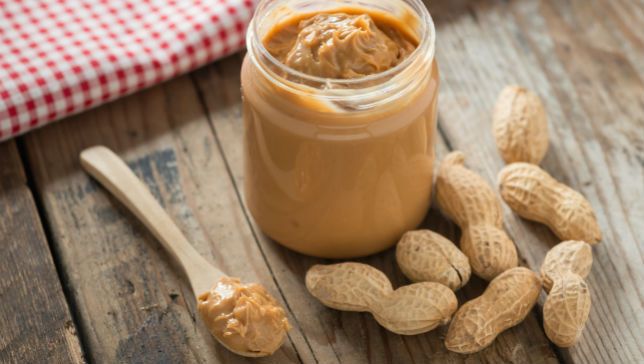Peanut sublingual immunotherapy safe, effective for kids

Researchers demonstrated that long-term use of sublingual immunotherapy, or SLIT, was an effective and safe option to treat peanut allergy in children aged 1 to 11 years, according to findings published in The Journal of Allergy and Clinical Immunology.
According to Edwin H. Kim, MD, assistant professor of medicine and pediatrics at the University of North Carolina School of Medicine, the efficacy of SLIT falls between oral immunotherapy (OIT) and epicutaneous immunotherapy (EPIT) and is relatively easy to use.
“SLIT requires placing drops under the tongue that are held for 2 minutes prior to swallowing,” he explained to Infectious Diseases in Children. “It does require putting the medicine in the mouth, which EPIT does not, but it does not have the peanut taste or smell that OIT does.”
Kim and colleagues administered extended-maintenance SLIT to children using 2 mg of peanut protein daily for up to 5 years. They allowed children who achieved a peanut skin test wheal of less than 5 mm and peanut-specific immunoglobulin E of less than 15 kU/L to discontinue treatment early.
To examine children’s desensitization to peanuts, Kim and colleagues examined responses to double-blind, placebo-controlled food challenges, which used up to 5,000 mg of peanut protein after finishing SLIT. The researchers repeated this food challenge in children who completed SLIT and had 2 to 4 weeks with no peanut exposure.

Most children — 37 of 48 — completed between 3 and 5 years of SLIT. Of the 48 children included in the study, 67% consumed at least 750 mg of peanut protein during a food challenge.
Further, 25% of children (n = 12) consumed 5,000 mg of peanut protein without clinical symptoms. This response was sustained after 2 to 4 weeks for 10 children.
The most common side effect was transient oropharyngeal itching (3.6% of all doses), and side effects requiring treatment with antihistamines were rare (0.21%). According to the researchers, no epinephrine was used during the study.
“We are very excited about these results and feel that this shows that SLIT can be a good option for patients with peanut allergy,” Kim said. “Unfortunately, it is not as simple as buying it at the supermarket or pharmacy. We need help, likely from an industry partner, to be able to do a much larger study to prove that it does indeed work as well and as safely as we are seeing in our small select study population. We would also need that partner to help us navigate the many regulatory and financial steps needed to get this to market and in the hands of our patients and providers.”
Kim said he “absolutely” feels SLIT could be used for other food allergies, but drug manufactures would need to develop a therapy specific to each food and researchers would need to assist in finding the appropriate starting and treatment dose to ensure safety and efficacy. – by Katherine Bortz
Disclosures: Kim reports consulting for Aimmune Therapeutics, DBV Technologies, AllerGenis and Allakos and acting on the clinical medical advisory board for DBV Technologies. Kim has also received grants from the NIH, FARE and the Wallace Research Foundation. Please see the study for all other authors’ relevant financial disclosures.
